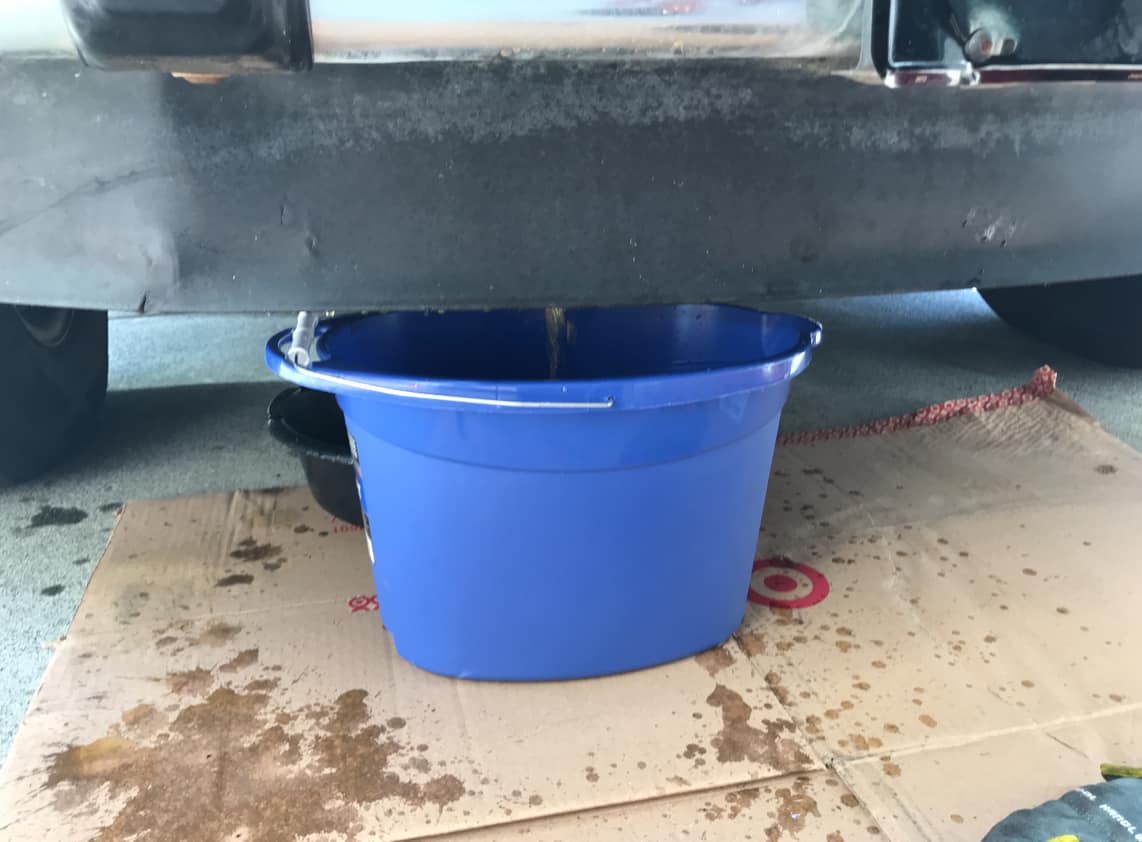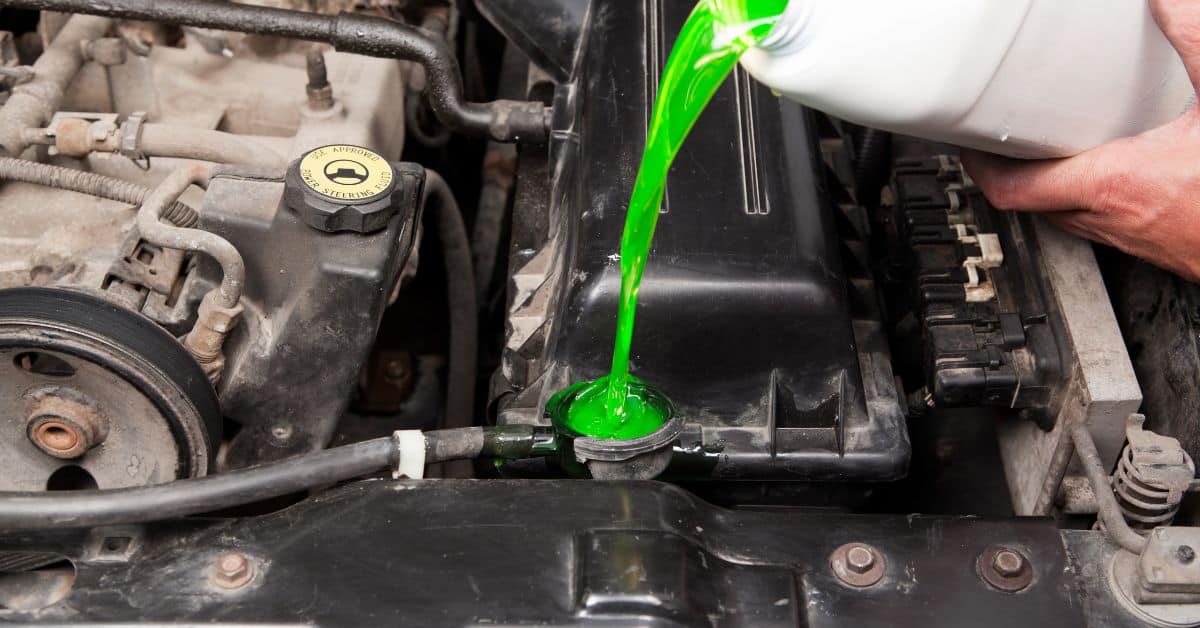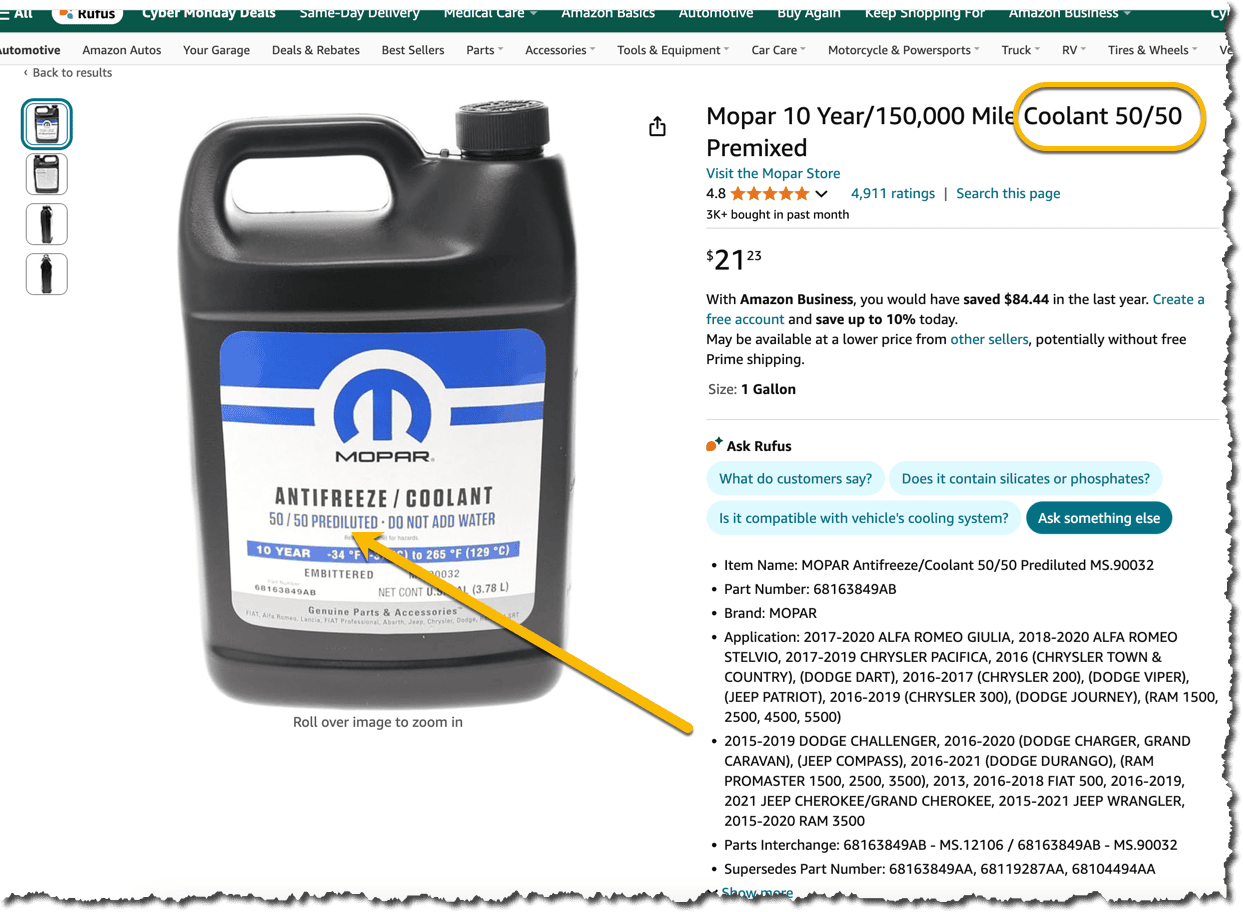What Causes Antifreeze To Gel? (And How To Prevent It)
Antifreeze, also known as coolant, is essential for maintaining a healthy car. Unfortunately, using the incorrect mixtures can cause the antifreeze to gel and damage your engine significantly. So, what causes this, and how do you prevent it?
Mixing green and orange (Dex-Cool) coolant creates a thick, jelly-like substance that can stop coolant flow and lead to overheating, engine failure, and other issues. If you already mixed the two colors of coolant, flush out your radiator to prevent damages.
If you notice gel-like antifreeze in your vehicle, you should act fast to address the issue. You might face significant engine damage — and pay expensive repair fees — if you leave it for too long. Let’s take a closer look at what causes this problem and how to avoid it.
Why Does Antifreeze Gel?

There are two primary colors of coolant: green and orange. The difference is in the formula used to make them:
- Green coolant is made from a formula using what is known as inorganic additive technology (IAT). This type of mixture includes phosphates and silicates added to an ethylene glycol base. It helps protect the interior metals of a car’s cooling system from corrosion. Some IAT mixtures substitute propylene glycol for ethylene.
- Orange Coolant, or Dex-Cool, is made with organic acid technology (OAT). Dex-Cool (on Amazon) was introduced in 1996 by General Motors. It’s designed for newer cars that have higher amounts of nylon and aluminum components. These mixtures utilize organic acids to help prevent corrosion.
When combined, orange and green coolants create a jelly-like substance that can stop coolant flow and lead to overheating, amongst other issues.
Although some coolant brands claim that it’s safe to mix their product with Dex-Cool, it’s recommended to air on the side of caution. Mixing coolants can cause severe damage to the engine and the vehicle, leading to hefty repair costs.
Always follow the owner’s manual for your specific make and model to determine which coolant is best to use.
What Happens When Incompatible Coolants Mix?
Some car enthusiasts believe you can mix green and orange coolants, but this is incorrect. The mixtures chemically react when combined and create a thick substance that stops coolant flow.
Without proper coolant flow, the engine overheats and can suffer severe damage. Other issues with the radiator, water jackets, and heater cores can also appear. Furthermore, the water pump can overheat and stop working.
In extreme cases, head gaskets can blow or warp, and the engine can suffer severe complications.
How to Flush Your Cooling System to Avoid Mixing Coolants
You’ll need to flush your system if you accidentally mix two coolants to avoid damage and expensive repairs. Fortunately, we cover the steps you need to get started below.
Step 1: Find the Radiator

Lift the hood of your car to locate your radiator. It should look like a flat, finned metal area near the car’s front. Now, find the round cap leading to the radiator. The cap is usually metal and might have a “radiator coolant” label.
Step 2: Drain the Radiator

You’ll find a valve or a large rubber hose attached to the radiator underneath the vehicle. It should have a removable clamp securing it in place.
Place a drain under the valve or hose clamp. Then, open the valve or loosen the hose clamp to drain. Drain the radiator for at least 10 minutes, or until there’s only a slow drip of fluid.
Step 3: Flush the Radiator
Now, replace the hose and secure the clamp in place. Close the radiator valve if your car has one. Then, remove the radiator cap that you found in the first step. Pour distilled water into the radiator until it’s full.
Place the cap back on and start the car. Allow the vehicle to run for 10-15 minutes. This allows the distilled water to flush out any debris, corrosion, and old antifreeze from the engine.
Turn off the car and open the valve or hose once more. Drain all the distilled water and debris from your drain pan. Lastly, secure the clamp or close the valve.
Step 4: Add New Coolant

Now you can add new coolant following the guidelines in your owner’s manual. Open the radiator cap and use a funnel to pour in the coolant. A 50/50 ratio of antifreeze and distilled water is typically recommended.
*Note: Check which kind of antifreeze you bought from the store. Some are pre-mixed and some require mixing before you use it.
Inspect the overflow tank and add coolant if required. The level should be just under the “service line.”
Start the vehicle and allow it to run for a few minutes. Inspect for any leaks or issues.
Step 5: Top Off the Radiator if Necessary
Finally, turn off the car and add a bit more coolant until you notice it appears in the bottom of the overflow tank. Open the overflow basin and top it off with a bit more coolant. Be sure to stop a few inches below the “service line.”

